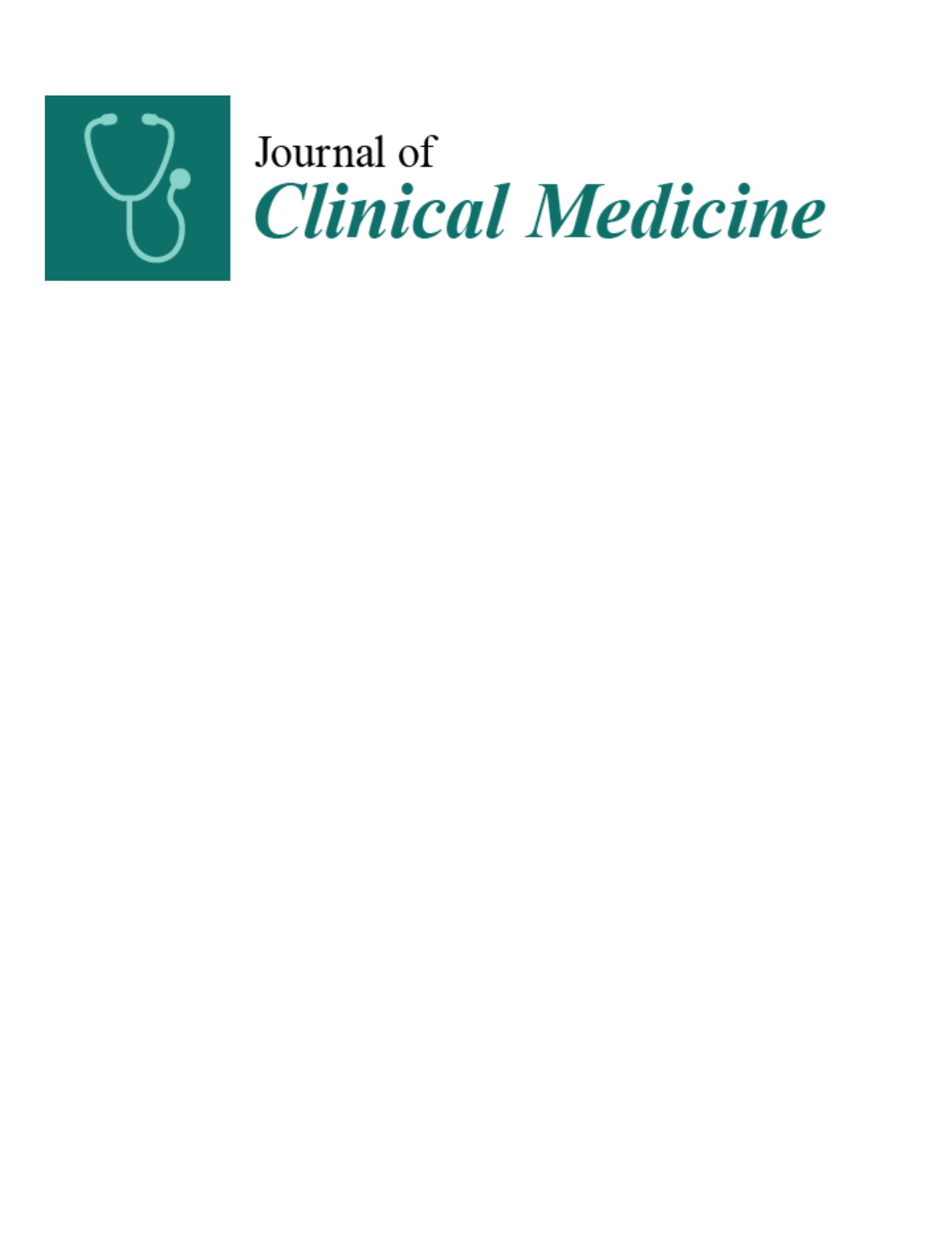
Ultrasound-Guided Regional Anesthesia Vs Local Periarticular Infiltration for TKA

Ultrasound-Guided Regional Anesthesia Vs Local Periarticular Infiltration for TKA
Local Periarticular Infiltration with Dexmedetomidine Results in Superior Patient Well-Being after Total Knee Arthroplasty Compared with Peripheral Nerve Blocks: A Randomized Controlled Clinical Trial with a Follow-Up of Two Years.
J Clin Med . 2023 Aug 2;12(15):5088.Did you know you're eligible to earn 0.5 CME credits for reading this report? Click Here
Synopsis
50 patients undergoing primary total knee arthroplasty for end-stage knee osteoarthritis were randomized to receive either an ultrasound-guided peripheral nerve block (PNB) with ropivacaine and dexmedetomidine (n=25) or local periarticular infiltration (LIA; n=25) with ropivacaine and dexmedetomidine. Outcomes of interest included patient well-being using the Anasthesiolgischer Nachbefragungsbogen...
To view the full content, login to your account,
or start your 30-day FREE Trial today.
FREE TRIAL
LOGIN
Forgot Password?
Explore some of our unlocked ACE Reports below!

Learn about our AI Driven
High Impact Search Feature
Our AI driven High Impact metric calculates the impact an article will have by considering both the publishing journal and the content of the article itself. Built using the latest advances in natural language processing, OE High Impact predicts an article’s future number of citations better than impact factor alone.
Continue



 LOGIN
LOGIN

Join the Conversation
Please Login or Join to leave comments.